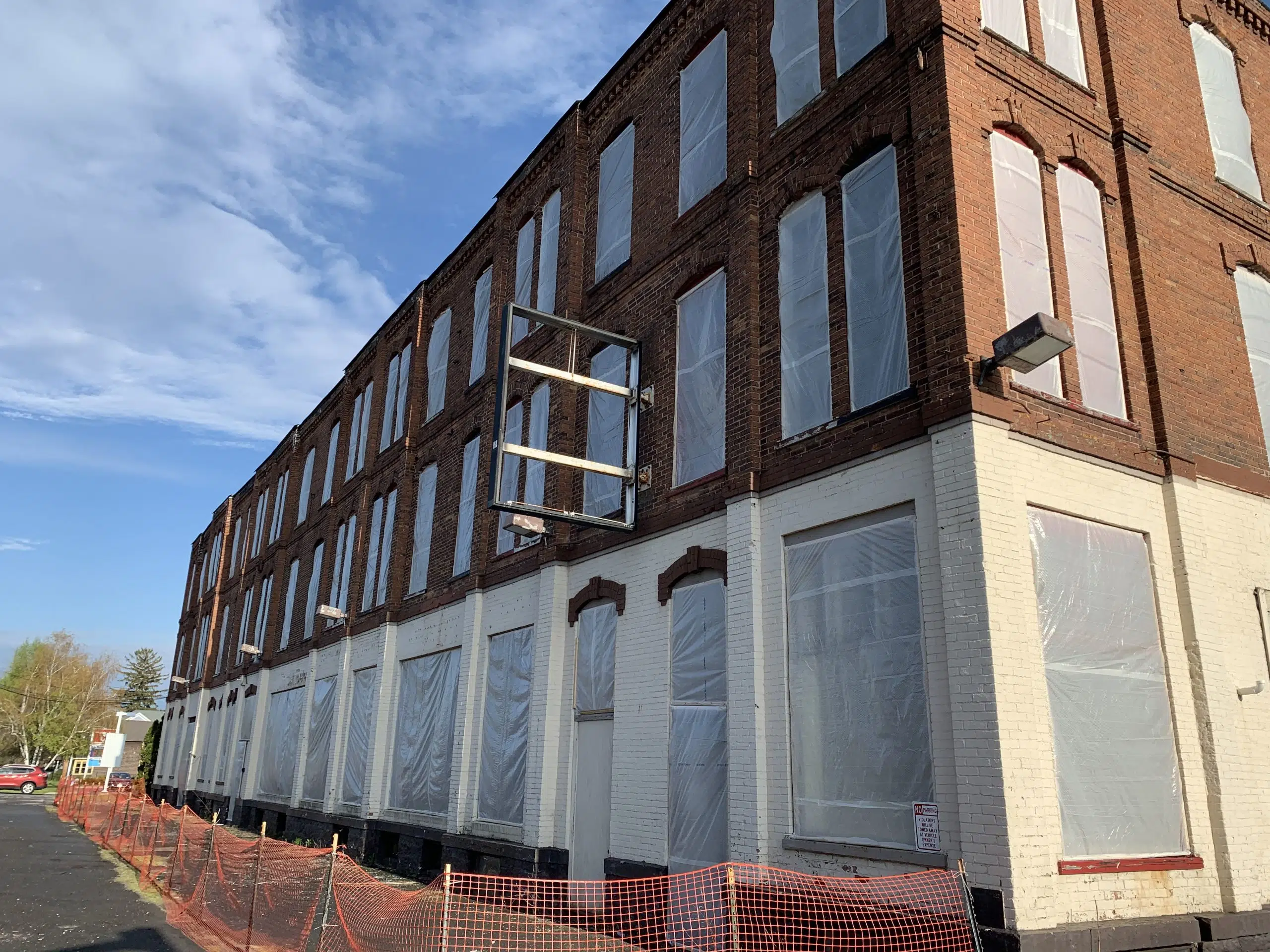This week Governor Kathy Hochul announced that a number of properties would be added to the State and National Registers of Historic Places.
State and National Registers listing can assist owners in revitalizing properties, making them eligible for various public preservation programs and services, such as matching state grants and state and federal historic rehabilitation tax credits.
Over the last decade, the State has approved use of rehabilitation commercial tax credits for more than 1,000 historic properties, driving more than $12 billion in private investment.
A study by the National Park Service on the impact of the tax credit on jobs and tax revenue in New York State found that between 2016 and 2020, the credits generated 74,220 jobs nationally and more than $1.3 billion in local, state, and federal taxes.

The State and National Registers are the official lists of buildings, structures, districts, landscapes, objects, and sites significant in the history, architecture, archaeology, and culture of New York State and the nation. There are more than 120,000 historic properties throughout the state listed on the National Register of Historic Places, individually or as components of historic districts. Property owners, municipalities, and organizations from communities throughout the state sponsored the nominations.
Once recommendations are approved by the Commissioner, who serves as the State Historic Preservation Officer, the properties are listed on the New York State Register of Historic Places and then nominated to the National Register of Historic Places, where they are reviewed and, once approved, entered on the National Register.
Here’s a look at the properties in the Finger Lakes that have been recommended:
Bristol Center Methodist Episcopal Church, Ontario County – Located in the Town of Bristol, New York, this 1846 Greek Revival structure has served as a community gathering place, first as a rural parish church and now as headquarters for the local historical society. With minimum alterations to the original building, it is one of the few surviving examples of mid-nineteenth century architecture in Bristol Center. The design reflects the Greek Revival style and demonstrates a simple form that was frequently adopted by communities with limited access to skilled craftspeople.
Crosman Terrace Historic District, Monroe County – Developed on land historically used for Rochester’s horticulture industry, the intact residential suburban-style neighborhood was built between 1908 and 1940 and exhibits specific characteristics that were originally marketed to appeal to interests of upper-middle-class residents. These include a focus on residential structures, consistent lot size and building scale, and accommodations for automobiles.
The Huntington Building, Seneca County – A noteworthy nineteenth-century industrial and commercial building located in Seneca Falls, the Huntington Building’s architecture reflects the evolving needs of its owners– from the manufacturing-minded National Yeast Company to active automobile dealerships– and echoes the community’s economic transition from robust industries in the 1800s to commercial business enterprises in the 1900s.
Naples Viniculture Historic District, Ontario County – Situated in the heart of the Finger Lakes, the district embodies the region’s history of grape-growing and winemaking, which is evident in its intact collection of nineteenth and twentieth century commercial, agricultural, religious, and domestic architecture that represents both the grape industry and the cultural influences that the wine industry had on the surrounding area.
Shipley-Teats House, Wayne County – Located just one mile south of Lake Ontario in the Town of Williamson, this 1850 farmhouse is an exceptionally well-preserved example of an Italianate style residence. With strong ties to regional agricultural history, including the prolific fruit industry, the property includes a garage, packing house, and early fire hydrant, as well as evidence of innovative early utility infrastructure that enabled interior gas lighting and running water.


